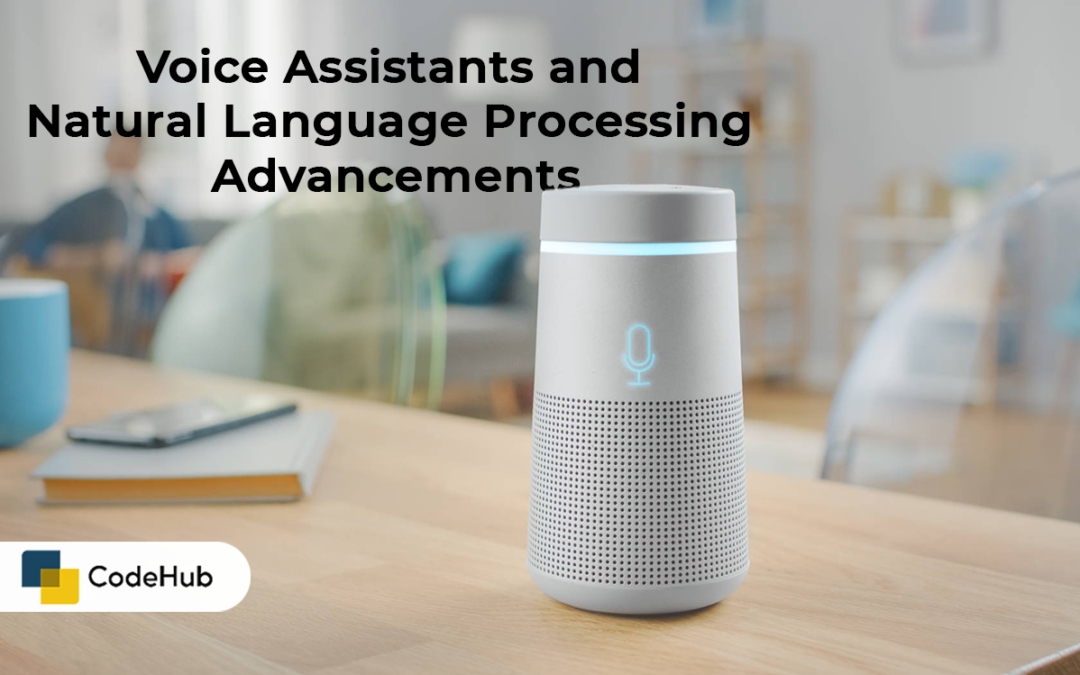Voice assistants are software applications that can interact with users through natural language, either spoken or written. Voice assistants can perform various tasks, such as answering questions, providing information, controlling devices, or executing commands, based on user input. Voice assistants are becoming more popular and widespread, as they offer convenience, accessibility, and personalization for users.
Voice assistants rely on natural language processing (NLP), which is a branch of artificial intelligence that deals with the analysis and generation of natural language. NLP enables voice assistants to understand, interpret, and respond to user input, as well as to produce natural and coherent output. NLP consists of several subfields, such as:
- Speech recognition: This is the process of converting speech into text, using acoustic and linguistic models. Speech recognition allows voice assistants to capture and transcribe user input, as well as to recognize different languages, accents, and dialects.
- Natural language understanding: This is the process of extracting meaning and intent from text, using semantic and pragmatic models. Natural language understanding allows voice assistants to comprehend user input, as well as to identify entities, attributes, and relations.
- Natural language generation: This is the process of creating text from data, using syntactic and lexical models. Natural language generation allows voice assistants to produce output, as well as to vary the style, tone, and emotion of the output.
- Dialogue management: This is the process of managing and maintaining a conversation, using dialogue and discourse models. Dialogue management allows voice assistants to keep track of the context and state of the conversation, as well as to handle interruptions, clarifications, and feedback.
NLP is a rapidly evolving and advancing field, thanks to the developments and innovations in machine learning, deep learning, and neural networks. These techniques allow NLP to leverage large amounts of data and computational power, and to learn from data and experience, rather than from predefined rules and algorithms. Some of the recent and emerging advancements in NLP are:
- Transformer models: These are neural network architectures that use attention mechanisms to encode and decode sequences of data, such as words, sentences, or paragraphs. Transformer models can capture long-range dependencies and complex relationships among data, and can generate high-quality and diverse output. Transformer models are behind some of the most powerful and popular NLP models, such as BERT, GPT-3, and T5.
- Pre-trained models: These are NLP models that are trained on large and general corpora of data, such as Wikipedia, books, or web pages, and can be fine-tuned or adapted to specific tasks or domains, such as question answering, sentiment analysis, or summarization. Pre-trained models can reduce the need for labeled data and domain expertise, and can improve the performance and accuracy of NLP tasks. Pre-trained models are widely available and accessible, such as through Hugging Face or TensorFlow.
- Multimodal models: These are NLP models that can process and integrate multiple types of data, such as text, speech, images, or videos. Multimodal models can enable richer and more natural interactions, as well as new and novel applications, such as image captioning, video summarization, or visual question answering. Multimodal models are challenging and complex, as they require alignment and fusion of different data modalities, as well as cross-modal reasoning and generation.
The advancements in NLP have significantly improved the capabilities and functionalities of voice assistants. Voice assistants can now understand and respond to complex and diverse queries, adapt to different contexts and scenarios, and generate fluent and engaging output. Voice assistants can also support multiple languages, dialects, and domains, and can personalize and customize their interactions based on user preferences and feedback.

